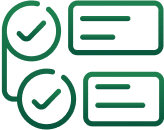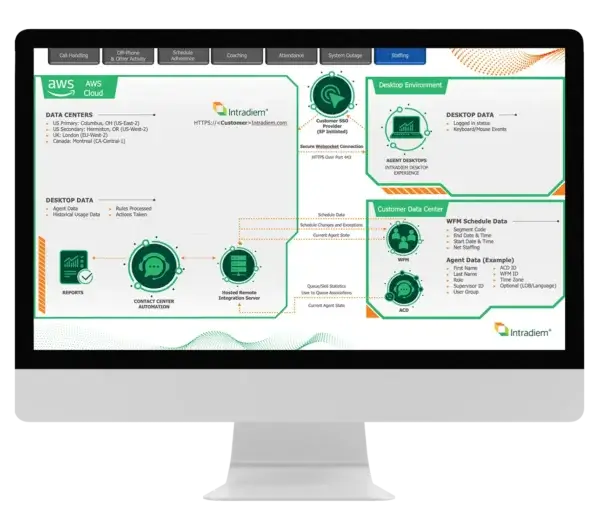Calculate Your
Payoff
Savings You Can Count (On)

Process time-sensitive call center data in real time and take immediate action

Savings You Can Count (On)
“We have realized millions of dollars in savings by not only taking advantage of offline time but being able to notify agents when certain performance metrics are out of line such as extended ACW, allowing them to spend more time focusing on productive work.”
Scott D., Workforce Ops Manager


Try our demo to learn how automation can improve your teams’ performance